California's night sky offers an extravagant canvas for stargazing enthusiasts and casual observers alike. With its varied landscapes, from sweeping deserts to serene mountain tops, you're never too far from a spot where the heavens unfold in all their celestial glory. Sipping on a warm cup of cocoa and wrapped in a cozy blanket, you can gaze upward to see the twinkling stars and swaying constellations, reminding you of the vastness above.

In the Golden State, designated Dark Sky Parks, such as the Anza-Borrego Desert State Park, ensure that the skies remain pristine for the best star visibility. By day, these areas showcase California's incredible natural beauty, while by night, they transform into gateways to the universe. Whether you're a seasoned astronomer or looking to make your first wish upon a shooting star, California's skies offer the perfect backdrop for an unforgettable night under the stars.
While coastal areas are tempting with their grand vistas, places like the remote Yosemite Valley provide a darker sky, enabling you to view celestial phenomena through a clearer lens. As you venture out to witness the galaxy's wonders, the mild California climate often serves as the ideal companion, allowing for stargazing almost year-round.
Stargazing in California: A Guide to the State's Best Celestial Views
Best Times for Stargazing
Choosing the right time for stargazing can greatly enhance your experience. In California, the conditions vary with the seasons and lunar phases, so let’s focus on when you'll have the best chances to marvel at the night sky.
Seasonal Stargazing
Spring: The observing season often kicks off in April, marking one of the best times to stargaze in California. The skies are usually clearer after the winter months, providing optimal conditions.
Summer: Continuing into summer, stargazing can be particularly rewarding as the nights are warm and inviting. Late summer, especially around August and September, is a prime time since the coastal fog diminishes, leaving the skies at their clearest.
Winter: While winter might seem too cold for a night under the stars, it can actually offer some of the crispest conditions for stargazing. Just ensure you're prepared for the chill and check the weather ahead of time.
Stargazing During Moon Phases
- New Moon: This phase is your best bet for stargazing. With the moon not visible in the sky, the darkness allows for the most stunning view of the stars.
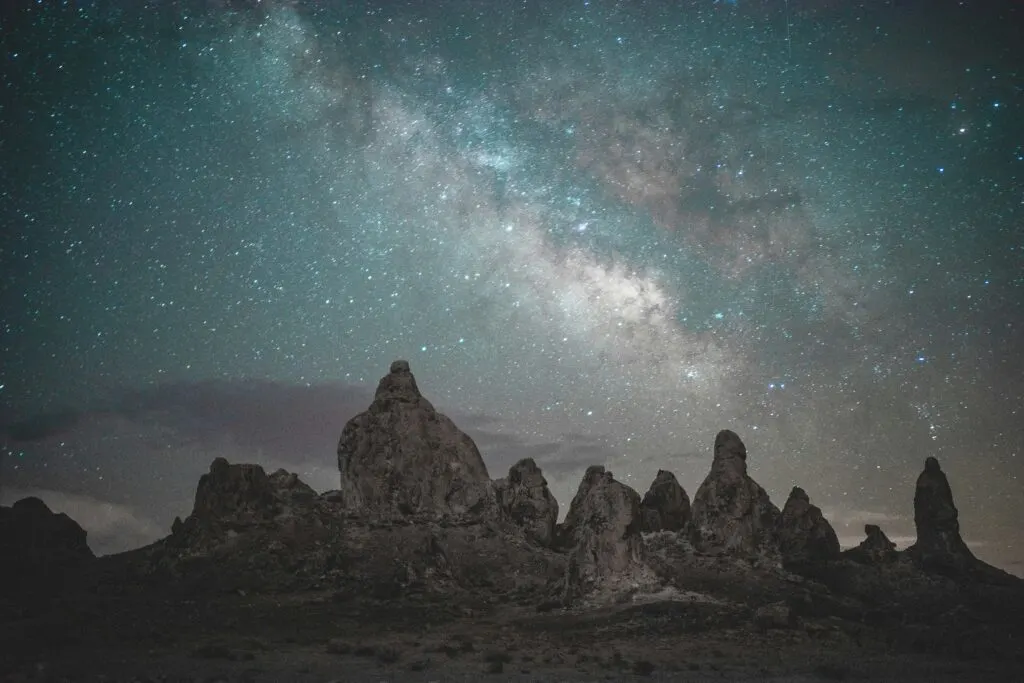
Effects of Light Pollution
When you gaze up at the night sky in California, the visibility of stars can significantly differ depending on your location. Light pollution, primarily from urban areas, can obscure the celestial wonders, impacting both amateur stargazing and professional astronomy.
Urban vs. Remote Stargazing
In urban areas, the bright lights from buildings, streetlights, and cars create a skyglow that washes out the darkness. This makes it challenging for you to see the stars and planets. Comparatively, remote locations offer a profound stargazing experience, where the Milky Way can stretch vividly across the sky. For passionate stargazers, finding spots away from urban light pollution is key to experiencing the majesty of the cosmos.
- Urban areas: Less visible stars, skyglow
- Remote locations: More stars, clearer view of the Milky Way
Finding Dark Skies in California
Your best chance to witness an uninterrupted night sky is by visiting areas recognized by the International Dark Sky Community. These locations actively work to reduce light pollution and are often your top choice for stargazing. California boasts several such spots where you can enjoy the dark sky and indulge in astronomy. They're worth the trip, offering you a sight to remember.
- Dark Sky Sites in California
- Anza-Borrego Desert State Park
- Death Valley National Park
- Joshua Tree National Park
Finding ideal stargazing spots requires a bit of adventure, but it's an investment that pays off in stellar views.

Stargazing in California: Top Stargazing Locations
California's vast landscapes offer some of the most picturesque night skies in the country. Your journey to the stars can begin at a variety of locales, ranging from the rugged Sierra Nevada Mountains to the serene deserts and scenic coastal areas.
National Parks with Stellar Night Skies
- Death Valley National Park – Recognized as an International Dark Sky Park, Death Valley is a stargazing haven due to its extremely dark nights. Here, you'll experience the sky in a way that's rarely visible elsewhere.
- Joshua Tree National Park – Not only known for its unique foliage, Joshua Tree is also renowned for its crystal-clear night skies, perfect for stargazing enthusiasts.
- Yosemite National Park – While Yosemite is famous for its giant sequoias and stunning waterfalls, at night, the park reveals an awe-inspiring celestial display that's not to be missed.
State Parks and Reserves
- Anza-Borrego Desert State Park – As another recognized International Dark Sky Park, Anza-Borrego Desert boasts a vast night sky free from light pollution. Its annual moon and star-watching programs are a must-attend.
Coastal Stargazing Spots
- Big Sur – The natural beauty of Big Sur is unmatched during the day, but at night, the minimal light pollution and open coastline create an idyllic backdrop for astronomers.
- Mendocino – This Northern California gem offers dark skies and an oceanic horizon that make for exceptional star-spotting opportunities.
- Lake Tahoe – While not exactly on the coast, the high elevation and clear skies above Lake Tahoe provide breathtaking views of the Milky Way and celestial events.
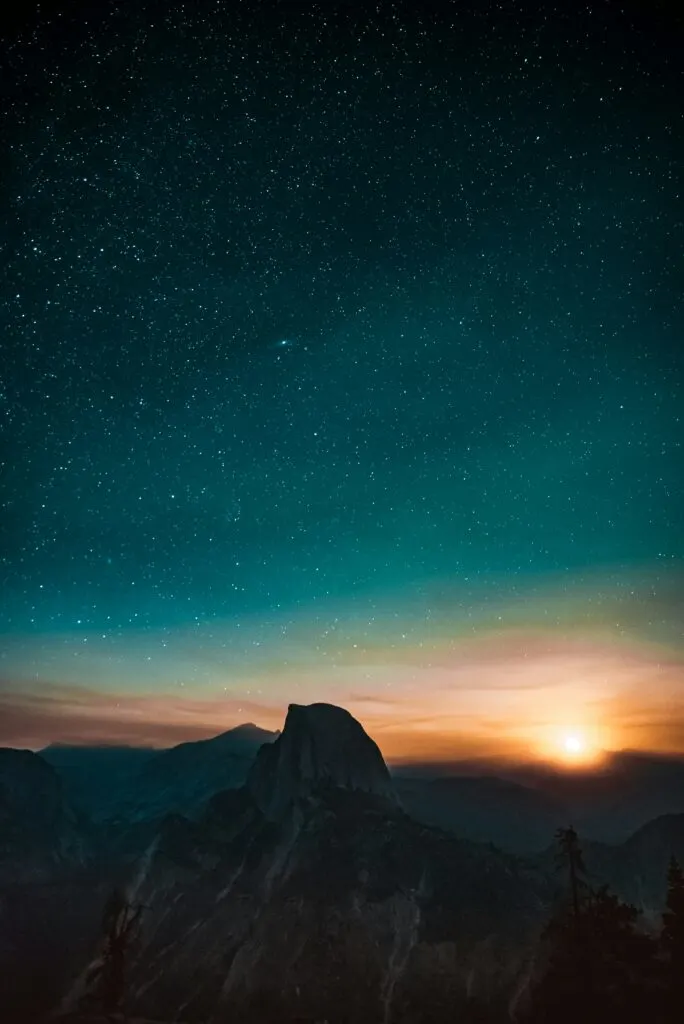
Stargazing Events and Festivals
California offers a variety of stargazing events and festivals that celebrate the beauty of the night sky. From meteor showers to specialist gatherings, there's something for every astronomy enthusiast.
Annual Meteor Showers
In California, you can witness spectacular meteor showers that light up the sky, each with its own peak viewing times:
- Perseids Meteor Shower: Peaks in August, known for its fast and bright meteors.
- Geminids Meteor Shower: Considered one of the best and most reliable annual meteor showers, peaking in December.
To experience these showers at their best, find a location away from city lights, and give your eyes time to adjust to the dark.
Night Sky Festival Highlights
Night Sky Festival events are a must-attend for anyone keen on stargazing. Here are some highlights:
- Death Valley Dark Sky Festival: Annually in spring, this festival is perfect for enjoying celestial wonders in an International Dark Sky Park. Engage in guided stargazing and telescope viewing during March 1 – 3, 2024.
Remember to check local astronomy clubs or parks for up-to-date details on events and viewing times, and don't forget to bring a blanket or a chair for comfort during your stargazing adventure.
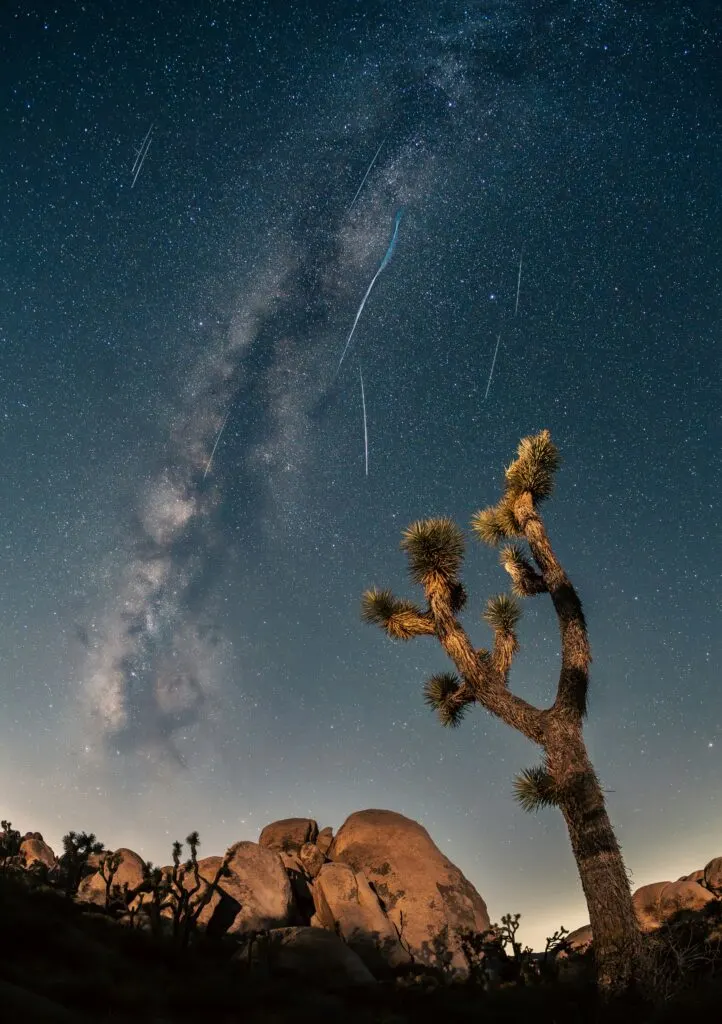
Astrophotography Tips
Astrophotography allows you to capture the majestic night sky in a way that's uniquely yours. Whether you're a beginner or a seasoned photographer, these tips will help you hone your skills under the celestial canopy.
Best Practices for Night Sky Photography
To successfully photograph the night sky, you'll need to adhere to certain best practices. Start by finding a spot where light pollution is minimal to ensure the stars are visible. California offers various dark sky preserves perfect for this purpose.
Composition: Scout your location during the day to plan your composition. Look for interesting silhouettes or landscapes to add depth to your night sky photos.
Focus: Set your lens to manual focus and use the live view mode to zoom in on a bright star for precise focusing. You want to avoid soft focus, which can degrade the quality of your astrophotography.
Exposure: Use the ‘500 rule' to calculate exposure time and avoid star trails; divide 500 by the focal length of your lens to find the maximum exposure time in seconds. Keep your ISO as low as possible to reduce grain but high enough to capture the faintest stars (ISO 1600 to 3200 is a common starting point).
Post-Processing: Shoot in RAW format to ensure you have control over white balance and noise reduction during post-processing.
Recommended Camera Gear
A good setup is crucial for astrophotography. Here's what you should consider:
Camera: A DSLR or mirrorless camera with manual mode capabilities will give you the best control over your settings.
Lenses: Wide-angle lenses with a wide aperture (f/2.8 or lower) are ideal for capturing expansive star fields. If you aim to photograph specific celestial objects like planets or the moon, a telephoto lens will be necessary.
Tripod: A sturdy tripod is essential as astrophotography involves long exposure times. It should be strong enough to hold your camera steady for extended periods.
| Gear Type | Specific Role in Astrophotography |
|---|---|
| Camera | Captures the light from the stars |
| Lenses | Determines field of view and amount of light collected |
| Tripod | Provides stable platform to avoid camera shake |
Celestial Objects and Phenomena
The Milky Way and Galaxies
The Milky Way, our home galaxy, stretches across the sky like a glowing river and is best observed during summer nights. Many stargazing spots in California provide a clear view of our galaxy’s dense band of stars. Apart from the Milky Way, other galaxies like Andromeda are visible with the aid of telescopes, reminding you of the vastness of the universe.
Constellations and Planets
The celestial canopy is dotted with constellations, patterns of stars that have guided explorers and intrigued astronomers for centuries. You can spot constellations like Orion, with the bright star Sirius shining from its greater neighborhood. You're also privy to the wandering planets of our solar system. From the fiery hue of Mars to the resplendent rings of Saturn, each planet adds a distinct charm to the night sky.
Nebulae and Other Astronomical Wonders
Nebulae, the birthplaces of stars, appear as misty patches, and their ethereal glow can be seen with the help of telescopes. Iconic ones like the Orion Nebula radiant even to the naked eye under dark skies. You may also catch a glimpse of shooting stars – meteors burning up as they enter Earth's atmosphere, a fleeting yet thrilling sight.
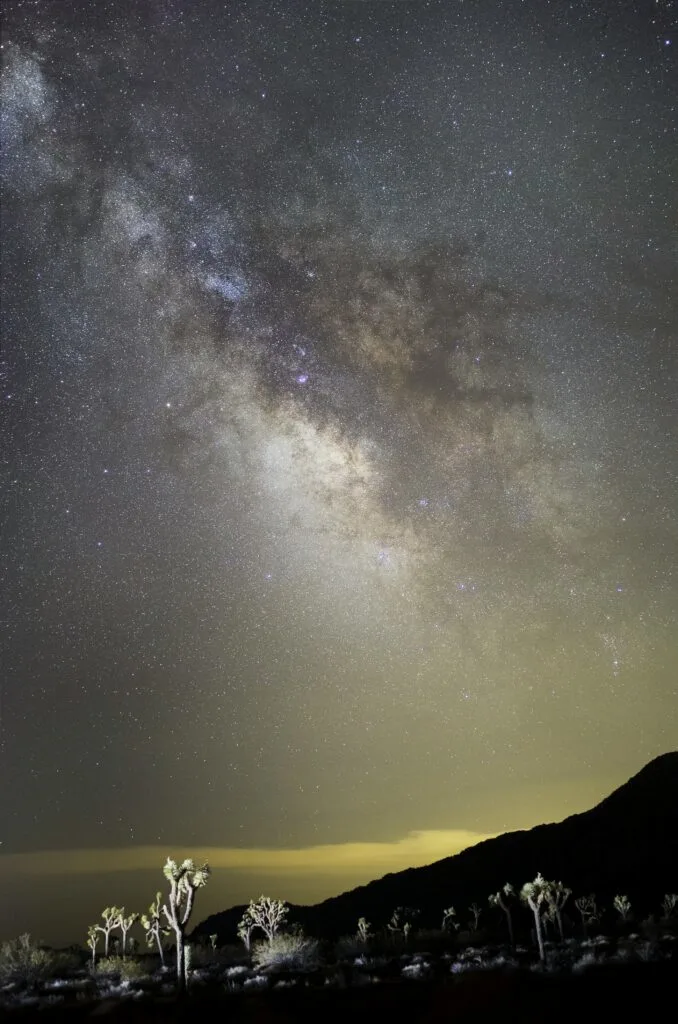
Choosing Stargazing Equipment
Selecting the right stargazing equipment is pivotal to your experience under the stars. Your choice of gear can greatly enhance your ability to view celestial wonders.
Telescopes for Deep Sky Viewing
When you're eager to observe distant galaxies, nebulae, and star clusters, a telescope is your best companion. For deep sky viewing, opt for a telescope with a larger aperture—the diameter of the telescope's main optical component. This allows more light to enter, giving you a brighter and clearer image. A reflector telescope is often recommended for its capability to gather light efficiently and its usually lower cost compared to refractor telescopes.
Here are two telescope types commonly used for stargazing:
- Dobsonian Telescope: Known for their simplicity and ease of use. They offer large apertures at affordable prices.
- Schmidt-Cassegrain Telescope: These are versatile and portable, ideal if you plan on transporting your telescope to various stargazing spots.
For more guidance on telescopes and equipment, visit the Guide to Choosing the Right Stargazing Gear.
Using Binoculars for Stargazing
Binoculars may seem humble compared to telescopes, but they are a terrific tool for stargazing beginners. Lightweight and portable, binoculars are perfect for spontaneous stargazing adventures. When selecting binoculars, aim for a pair with a larger objective lens—indicated by the second number in their description (e.g., 7×50). The larger the lens, the more light gathered, improving your view of the stars.
Here's what to look for in stargazing binoculars:
- Magnification: 7x to 10x is typically sufficient for stargazing.
- Lens Diameter: A larger lens diameter (e.g., 50mm) is preferable for low-light conditions.
- Comfort: Ensure they feel comfortable in your hands and aren't too heavy.
A comprehensive piece on the essentials of stargazing gear can be found at Beginner's Essential Checklist for Stargazing.

Stargazing Etiquette and Tips
Before stepping out into the night to marvel at the stars, it's important to know how to do so responsibly. Here's how you can enjoy the celestial wonders while preserving the nighttime environment and respecting fellow stargazers.
Preserving the Night Sky
- Use Red Lights: When navigating or reading star maps, use red lights instead of bright white ones. Red light is less likely to interfere with your night vision or disrupt the experience for others around you.
- Advocate for Dark Skies: Support local dark sky initiatives and visit certified dark sky parks to show your commitment to reducing light pollution.
Responsible Stargazing Practices
- Plan Ahead: Check weather conditions and lunar phases—new moon nights offer the darkest skies and are best for stargazing.
- Dress Appropriately: Bring warm clothing even on summer nights, as temperatures can drop significantly after sunset.
- Respect Natural Habitats: Stay on designated paths and areas to minimize your impact on the local ecosystem.
- Share the Sky: Be mindful of other stargazers' space and experience; avoid loud noises and keep your group gatherings to a minimum.
Exploring Stargazing as an Amateur Astronomer
If you're captivated by the stars, California's night skies offer a celestial playground for you to explore. As an amateur astronomer, you have access to a supportive community and a wealth of educational materials to enhance your stargazing experience.
Joining Local Astronomy Clubs
Local astronomy clubs are a fantastic way to connect with fellow stargazers. In San Francisco, the San Francisco Amateur Astronomers group welcomes individuals of all skill levels. Their regular star parties and outreach programs provide a chance to learn and share knowledge. Down in Los Angeles, consider joining the Los Angeles Astronomical Society, which organizes public viewing events and provides telescopes for a hands-on experience under the stars.
- San Francisco Amateur Astronomers
- Regular star parties
- Outreach programs
- Los Angeles Astronomical Society
- Public viewing events
- Telescope access
Educational Resources and Outreach
To deepen your understanding of astronomy, tap into the plentiful educational resources available. Libraries and planetariums often offer programs and workshops specifically for amateur astronomers. For example, the Griffith Observatory in Los Angeles hosts public star parties and provides a comprehensive look at the cosmos through its exhibits and telescopes. Online resources, like the Observing in California guide from Griffith Observatory, offer valuable tips on where and when to observe astronomical wonders throughout the state.
- Griffith Observatory
- Public star parties
- Astronomical exhibits
- Online Guides
- Tips for stargazing locations
- Best observing times

Road Trips and Stargazing Tours
Embarking on a road trip across California offers a mesmerizing opportunity to witness the night sky's splendor at various stargazing havens. The journey combines the thrill of exploration with the awe of astronomy.
Planning Your Stargazing Adventure
Before you hit the road, be sure to map out the stargazing spots you'd like to visit. Pack warm clothing, a reliable map or GPS, and a telescope or binoculars if you have them. Check weather forecasts and moon phases—clear, dark nights are ideal for stargazing.
- Decide your destinations: Research and choose among the most talked-about locations, such as the celestial wonders above Julian, a quaint town near San Diego known for its dark skies.
- Accommodations: Arrange your stay in advance, whether it's a campground under the stars or a cozy cabin in the woods.
Iconic Scenic Destinations
California is lined with scenic spots that are perfect for night-time sky observation. Some destinations stand out for their clear skies and serene landscapes:
- Griffith Observatory: Located in Los Angeles, this iconic landmark not only offers panoramic views of the city but also provides public telescopes for stellar viewing.
- San Diego's Stargazing Marvel: Enjoy the skies in areas around San Diego, where the coastal city lights don't obscure the celestial show.
- Point Reyes National Seashore: A bit farther north, the seashore presents a natural, unspoiled backdrop for observing constellations and meteor showers.
Pro Tip: Ensure your camera settings are right if you plan to capture the night sky. Long exposures can result in stunning photographs of your stargazing tour.
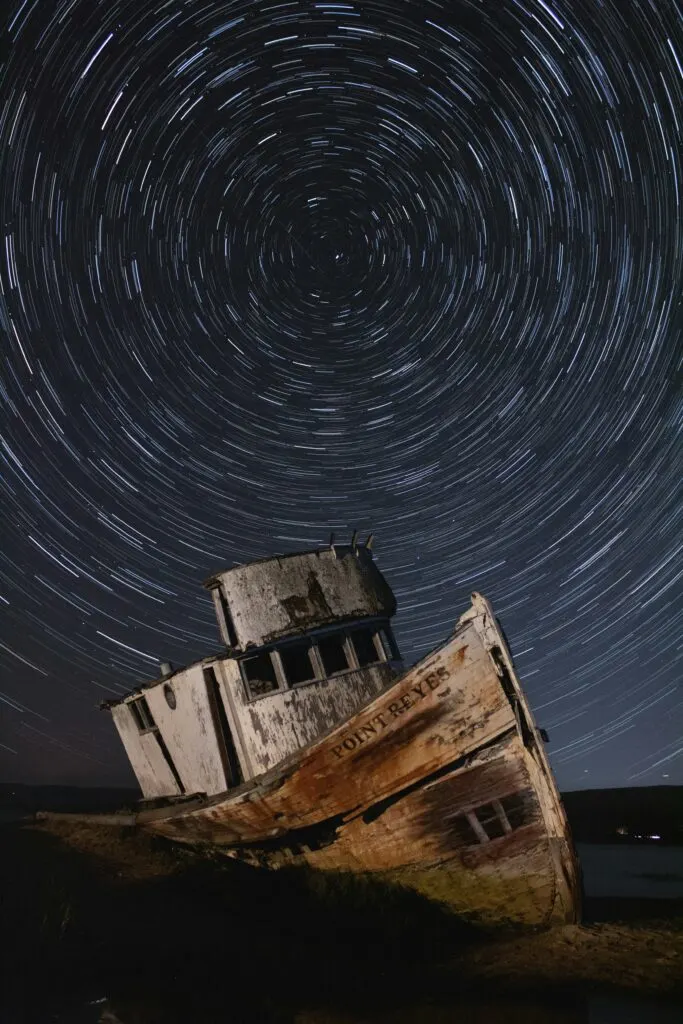
Frequently Asked Questions
These questions will provide you with important details about the best times and locations for stargazing in California, suitable for both beginners and experienced skywatchers.
What are the top stargazing spots for beginners in California?
If you're new to stargazing, you'll find Big Sur's serene coastline an ideal starting point due to its low light pollution. Another beginner-friendly spot is the Pfeiffer Big Sur State Park, which offers clear night skies and spectacular views.
Which months offer the best stargazing experiences in California?
In California, the optimal stargazing conditions are typically during the dry summer months, from May to September, when the skies are clearest.
Where can I find areas with minimal light pollution for stargazing in California?
To escape light pollution, head towards the Anza-Borrego Desert State Park, recognized as a Dark Sky Community for its commitment to preserving the night sky's natural beauty.
What are the prime locations for stargazing in the Bay Area?
Within the Bay Area, Mount Tamalpais State Park and the Chabot Space and Science Center are prime stargazing spots, offering organized night-sky viewings and public telescopes.
When is the best time to see the Milky Way in California?
Your chance to observe the Milky Way in its full glory is best from March to October, with the core most visible during the summer months.
What are some recommended Southern California sites for stargazing?
Southern California boasts several stargazing havens, including the Alabama Hills and Mount Pinos, known for their dark skies and frequent astronomy events.
